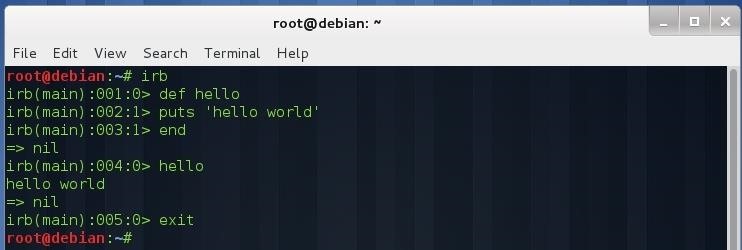

On the toolbar of the Run tool window, click or press Shift+F10
RUBY RUNNER TO EXECUTE SCRIPT HOW TO
To learn more about tool windows and how to manage them, see the Tool windows topic. Use the Ctrl+F shortcut to search for text occurrences in the console output. Every run/debug configuration creates a separate tab when you run it. When the application starts, you can view its output and interact with it in the Run tool window. On the main toolbar, select the run/debug configuration you are going to use. If you are going to pass parameters to your program, add VM options (for example, to allow remote debugging), or otherwise customize the startup of your program, use a run/debug configuration. From the menu that opens, you can debug the code, run it with coverage, or open the run configuration to specify more options. You can access other runners from the submenu as well: expand the list and click the right arrow next to Current File. In the editor, open the file that you want to run.Ĭlick next to the Current File option on the toolbar. The run and debug buttons are active and allow you to instantly run the currently opened file. On top of running applications from the editor, you can run single files using a dedicated option on the toolbar. The gutter icon changes depending on the state of your test, see Performing tests. To run a test, click the gutter icon next to it or press Ctrl+Shift+F10. To run a script, open it in the editor or select it in the Project tool window, and then select Run from the context menu. If you are not going to pass any parameters to your program, and your program does not require any specific actions to be performed before start, you can run it right from the editor.

Before you start, make sure to configure a Ruby interpreter for your project.

You can run applications right from RubyMine.


 0 kommentar(er)
0 kommentar(er)
